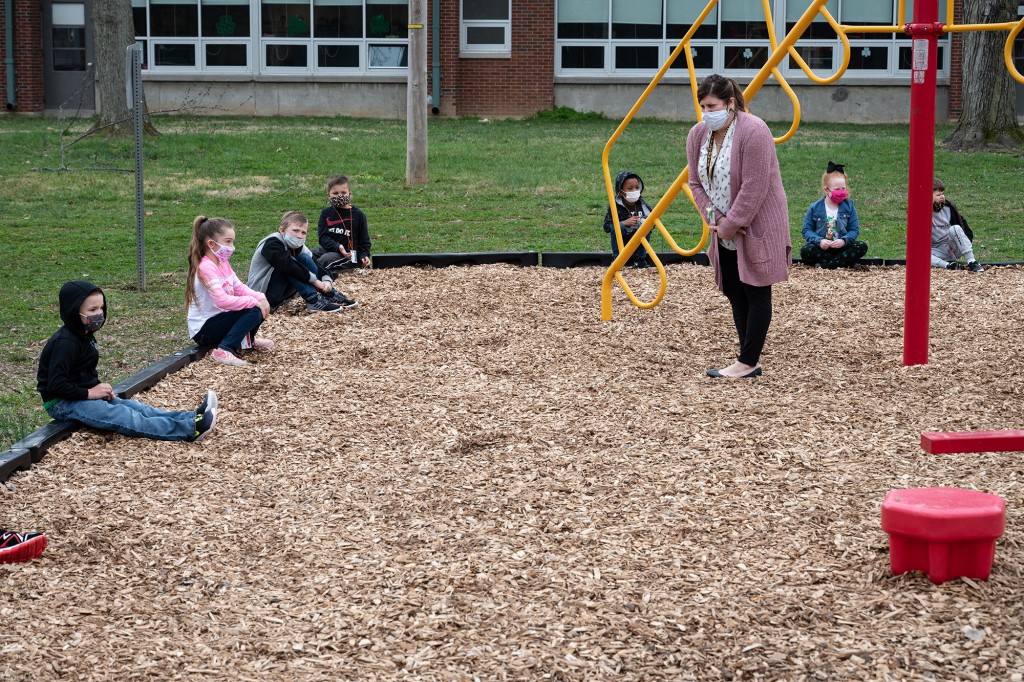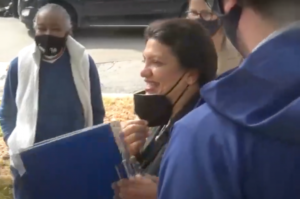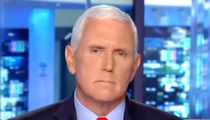Protecting your child is a parent’s number one job, especially during the pandemic.
Now that some of the masking rules have been eased since the rollout of the COVID-19 vaccine, some are wondering if those who haven’t been vaccinated should still be masking up.
Here, experts answer all of the latest updates for COVID-19 safety as pertaining to children.
Can children get COVID-19?
The simple answer is yes. Those 11 and under are still not eligible for the coronavirus vaccine, so they are still vulnerable to catching and transmitting the virus — even if they don’t show symptoms.
“Children can get the coronavirus,” Dr. Julie Boom, co-chair of Texas Children’s Hospital’s COVID-19 vaccine task force, told The Post. “We should not minimize the risk of COVID to children. We do know that there have been millions of children hospitalized with COVID and thankfully they do have lower mortality rates than in our elderly population, but there are still hundreds of children who have died from COVID and we would never want to allow a child to be at risk.”
Dr. Anthony Fauci is in agreement when it comes to masking up for unvaccinated children — especially when not out in the fresh air and while playing with other children.
“The children do [need a mask] when they’re out there playing with their friends,” Fauci told CNN in a May 13 press conference.
Many have also thought that COVID was a risk only for the elderly population and immunocompromised. That simply is not true as now children, infant to 17, make up about 20% of all persons now who currently have COVID, according to a May 12 study. Research shows we still cannot predict which people, children and otherwise, will have long-term health effects after being diagnosed.
“From being very ill or dying, it’s also important to point out that children can experience some of the long-lasting effects we are seeing with COVID, like heart concerns and the immunologic condition called MIS-C,” explained Dr. Boom, referring to the condition known as Multisystem Inflammatory Syndrome in Children. “So by wearing a mask you can prevent your child from being acutely ill or having these long-term effects.”
When should my child wear a mask?
Now that fall is in full swing, more children will be looking forward to in-person classes and spending time with friends. While getting them ready to go a mask is still a necessity, and now may be the time to stock up on smaller masks for the kids, as they are known to be in short supply.
“Children should be masked when they are in group settings of any sort. The CDC very clearly suggests that if they are going to camp this summer, in group situations, they should be wearing a mask,” Dr. Boom reminds us. “If they are getting on an airplane or in other group settings, they should be wearing a mask.”
With the start of school already upon us and travel season picking up during the holidays, you may want to pick up some new masks for yourself and the kiddos. Many places such as airlines, public transit and select restaurants still require masks, and you don’t want to be caught without one when trying to catch your first flight since the pandemic began.
What type of mask should my children wear?

Since kid’s faces are smaller than the average adult’s, a standard mask isn’t the best fit for your child. The purpose of masking up is to cover your nose and mouth so that no particles can get into your body or escape from it to infect others, which is why having a properly fitting mask is the key to staying safe and healthy.
“Fit is the most important aspect of masks,” said Umer Khan, MD, a board-certified internal medicine physician with a hospital-based practice at Pennsylvania’s Lehigh Valley Health Network. “If the fit is not proper, then the mask is largely useless.”
As for what type of mask, it’s always best to be on the safe side and wear a mask with the most protection — be that a multi-layered mask or a KN95 or N95, so long as it is made for a child’s smaller face. Even if a mask is labeled as one of the types above, it is also recommended that you examine the manufacturer’s website to make sure they pass all safety requirements.
“If they are in a crowded environment, let’s say a school bus especially if the windows are not all open, or really any close environment where you’re not sure if everyone is vaccinated, it’s definitely most safe for children to have the safest mask, and whatever offers the most protection is of course preferred,” explained Dr. Khan.
Here are two great options, including a KN95 and a three-ply mask, both of which offer the type of maximum protection recommended by Dr. Khan. Since both are accessibly priced and come individually wrapped, they are also easy to have on hand and ready to grab and go throughout the school year.

These KN95 masks provide the same protection as their larger adult counterparts but are made specifically for smaller faces.
“By wearing a mask, that is the best way to protect them from someone who may have COVID that they are around. The best thing that a parent can do is have their child wear a mask,” said Dr. Boom.
The masks offer five layers of protection from dust, debris and virus particles in the air, complete with adjustable ear loops, a nose bridge and a smaller covering in general to best hug your little one’s nose and mouth. They come individually wrapped, perfect to send on a playdate or pack in your bag for summer travel.

A three-ply option is also a safe bet to use for the kids, especially since this one was made for smaller faces.
“A mask should be properly fitting. It should fit snuggly and there shouldn’t be any gaps around the mask,” said Dr. Boom. “The CDC does support the use of multi-layered cloth masks or disposable masks, and they recommend that you use one that has something to be molded around the bridge of your nose and also to tuck in any extra material on the sides.”
While any mask is better than no mask, it is highly recommended to trade in a cloth covering for something more protective, like these blue and black medical masks on the WellBefore site, both sold individually wrapped for the most sanitary transportation possible. They come with adjustable earloops and a nose bridge that stays securely over the nose and mouth and can be ordered in quantities of as little as 10 masks for $0.29 each.

Specially designed for little faces, these pink and blue disposable masks are perfect to have on hand for school, play-dates and every day activities.
Sold on Armbrust’s site, the masks are made with N95-level filtration, actually filtering out about 99.2% of bacteria particles. They are designed, developed and produced right here in the USA in a Texas facility, ensuring that every part of the process was closely monitored, tested and sanitary from start to finish.
Both the pink and the blue masks come in either a package of 50 for $29.90, 200 for $119.60 or 2000 masks for $975. However, for those that choose to subscribe, save 30% on your order and have peace of mind knowing you won’t run out of masks when it matters the most.



















